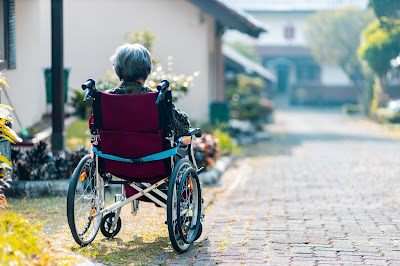Assistive gadgets and technology reduce a person's reliance on others while also improving their quality of life. Wheelchairs, visual aids, hearing aids, and specialist computer software and hardware systems help the elderly and disabled improve their hearing, vision, mobility, and communication. Each year, about 7.7 million new instances of dementia are recorded, according to an article published in the Assistive Technology Blog (ATB) in September 2016. By 2050, the number of individuals living with dementia is predicted to rise to 135.5 million. Clocks and reminders, fall alarms, activity monitors, intercoms, and computer assistance are some of the devices that can help patients suffering from dementia.
Elderly and disabled persons rely heavily on other people or equipment to assist them with daily activities such as movement, appropriate vision and hearing, and, most importantly, safety while conducting these activities. Assistive gadgets give the elderly and disabled population more independence in accomplishing tasks that might otherwise be difficult. Ambulatory aids, hearing aids, braille translators, and text-to-speech readers are examples of assistive technologies that improve accessibility and convenience for impaired individuals.
According to World Health Organization statistics, only 5%–15% of the population in low and middle-income nations who require elderly and disabled assistive devices have access to them (WHO). As a result, WHO and its collaborating institutions are trying to improve the accessibility of assistive technologies for the elderly and disabled in order to better serve the patient population. Organizing regional and country workshops, gatherings, and seminars are just a few of these endeavors. Creating a database of acceptable assistive devices and technologies that are available. Creating normative standards and assisting in the creation of national policies and programs on assistive devices and technology, with an emphasis on human resource development.

